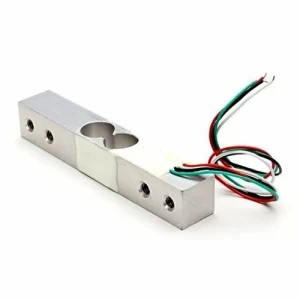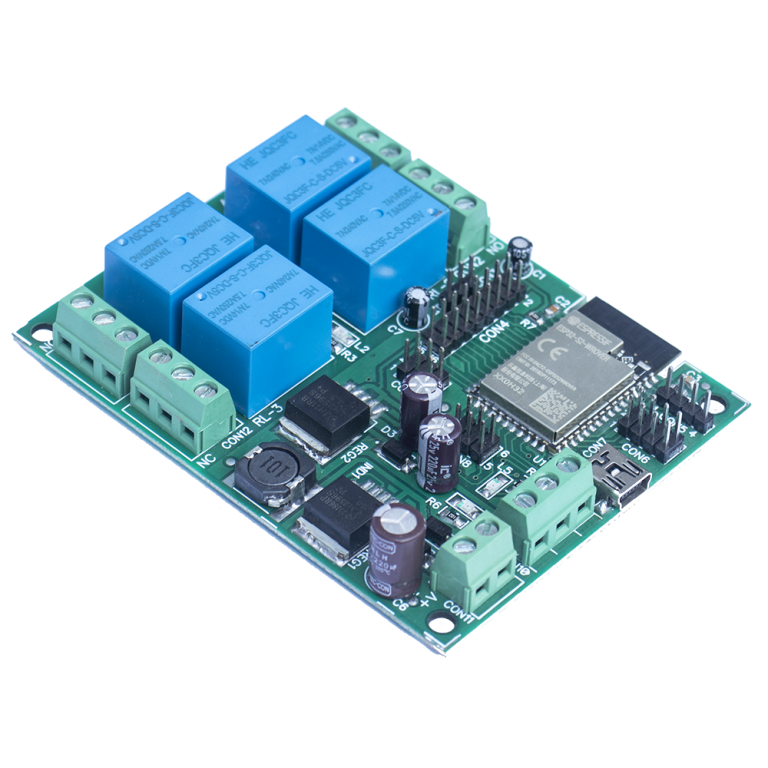Unveiling the World of Arduino: A Seamless Blend of Innovation and Simplicity
Understanding Arduino: A Dive into Innovation
What is Arduino?
Arduino, a revolutionary open-source electronics platform, comprises a physical programmable circuit board and an Integrated Development Environment (IDE) software. Tailored for crafting electronics projects, it captivates both beginners and seasoned users due to its user-friendly experience.
Arduino’s Versatility
Arduino boards possess the capability to interpret various inputs, such as sensor-generated light, a button-pressed finger, or a tweet. This versatility extends to interacting with a myriad of components like buttons, LEDs, motors, speakers, GPS units, cameras, the internet, smartphones, and TVs.
User-Friendly Software
The Arduino software, compatible with Mac, Windows, and Linux, operates on a simplified version of C++, facilitating easy learning for beginners while providing flexibility for advanced users.
Unraveling the Components of Arduino
1. Physical Board
The hardware component of Arduino is the physical board, housing input and output pins. These pins seamlessly connect to electronic components such as sensors, motors, and lights.
2. Integrated Development Environment (IDE)
The software counterpart, IDE, facilitates code writing, compilation, and uploading to the Arduino board. It supports C and C++ programming languages, ensuring a user-friendly experience.
Decoding Arduino’s Mechanism
Arduino operates by enabling users to code instructions for the board’s interaction with electronic components. After uploading the code via USB connection, the board executes the instructions, fostering interactions based on the programmed logic.
Programming and Applications
Simplified C++ Language
Arduino adopts a simplified version of the C++ programming language, making it accessible to beginners yet retaining flexibility for advanced users. This feature allows the creation of diverse projects, including interactive prototypes, robotics, scientific instruments, and art installations.
Community and Support
Arduino boasts a vibrant community where users share knowledge, projects, and resources. This collaborative support system facilitates a seamless learning experience for beginners and provides solutions for experienced users tackling complex issues.
The Versatility of Arduino Unleashed
In summary, Arduino stands as a versatile platform for electronics projects, offering both hardware and software components accessible to users of varying expertise.
To enhance readability and engagement, we’ve structured this content with short paragraphs and bullet points. Additionally, relevant images and multimedia have been incorporated to enrich the overall experience.
Remember, innovation knows no bounds with Arduino—a testament to simplicity and ingenuity in the world of electronics.
You may also like:
8 Channel IR Remote Relay Board – IR-8R-V.
What are the components of a robot?


















